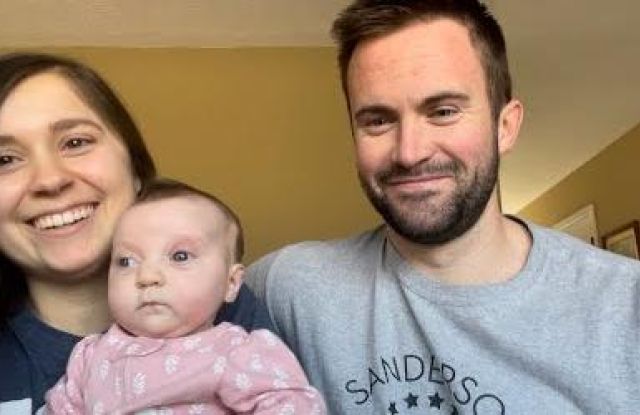The rest of the story – tracking 5 youth pastors who got booted

I love Paul Harvey’s show, “The Rest of the Story” – he shares stuff that we probably didn’t know about famous events and people. Yesterday I blogged about how hard it is for youth pastors in many churches and the guy who I quoted from a conversation over a year ago wrote me back with the rest of the story. Here it is:
Just read your blog entry, entitled “Youth Pastors Face Huge Challenges and Need Help.” I think the “veteran youth pastor” you quoted was me.
The quote mentions “five former youth pastors.” Here is a quick update on those five guys:
First, none are involved in youth ministry today. Not one. They run the gamut as far as experience in youth ministry goes; their resumes would list at least ten years of youth ministry leadership experience each, and none were novices when they began their programs. The youngest just turned 28; the oldest just turned 51.
Two are planting churches, and two are worship leaders. The fifth isn’t involved in an organized fellowship at present. Three had seminary training, and one of the other two has gone back to school (I’ve done the same thing, as you know).
The churches that dismissed them are certainly not better off for having let them go. One of the churches is actually about a third its former size. Two others have lost significant membership and are down at least twenty percent each. The other two seem to have reached a plateau, and — in part, because family ministry programs have suffered — have significantly fewer families and youth attending. In each case, the “veteran youth pastor” was responsible for his church’s commitment to local outreach and short-term mission. None of the churches have continued doing anything similar since dismissing the youth pastors who led them. In the three cases with which I’m most familiar, the main reason is the absence of other leaders, as folks who shared the vision left the church in time, as well. Interestingly, though, four of the five pastors who fired these guys still pastor their churches. The fifth retired.
One of the most heartbreaking realities is the status of the teens that were part of these youth groups. Without their strong leadership and the continuity provided by the kind of men and women they attracted — building godly programs through years of discipleship, caring, counsel, pray and instruction — the kids and their families suffered too. The incidence of problems involving troubled teens more than doubled in the absence of exemplary and experienced leadership.
One parent still involved in one of these churches with whom I spoke just last week, for example, doesn’t even know where his seventeen year old daughter is. He is a deacon at his church.
When church leaders work every bit of sand out of their clams, they get what they want — they get churches with very little, if any, innovative irritation. But, brother, God also blesses them with very few pearls. When we exercise our stubborn self-centeredness and our propensity for safety, we sometimes get exactly what we want, and it’s so rarely what God intends.
Those five men will carry their scars for the rest of their lives. I know, because my story is so similar. It’s a shame that there are fewer and fewer opportunities for guys like that because they are actually far better equipped to serve now than ever before. I pray God will honor their level of brokenness, and additional opportunities lay ahead for them to serve.
However, it is increasingly more and more difficult for me to imagine many open doors will come — with any predictable regularity — in our infirmed, established churches where people desperately need their gifts and leadership.
Comment
Leave a Reply Cancel reply
More Posts
![]()


Seth-
I was just having a conversation with my team over lunch about these issues. I would suggest that it goes beyond “gifts and leadership” to “creativity, innovation and passion.” We were talking about why youth leaders leave and everything from the “stepping stone to the senior pastorate” to “burnout from lack of mentoring and training” came up.
What’s interesting is that I would venture a guess that these pastors would not agree that “innovative irritation” had nothing to do with their decision. After all, who doesn’t want a healthy, growing congregation. In your own words, it’s “risky” to allow such things and uncomfortable to those who thrive on admiration, respect and popularity to permit such creative options to be developed.
Rarely is a senior pastor a “well-rounded” minister. I would suggest that they exist to preach. The worship pastor exists to lead music (maybe worship), the children’s pastor exists to lead children. Youth leaders are considered the “experts” and churches want results. That being said: it is the precious few that are willing to allow youth pastors the autonomy to make this a reality.
It’s so frustrating, but so common!
I support exposing it for what it is. Thanks for your post.
Jimmy